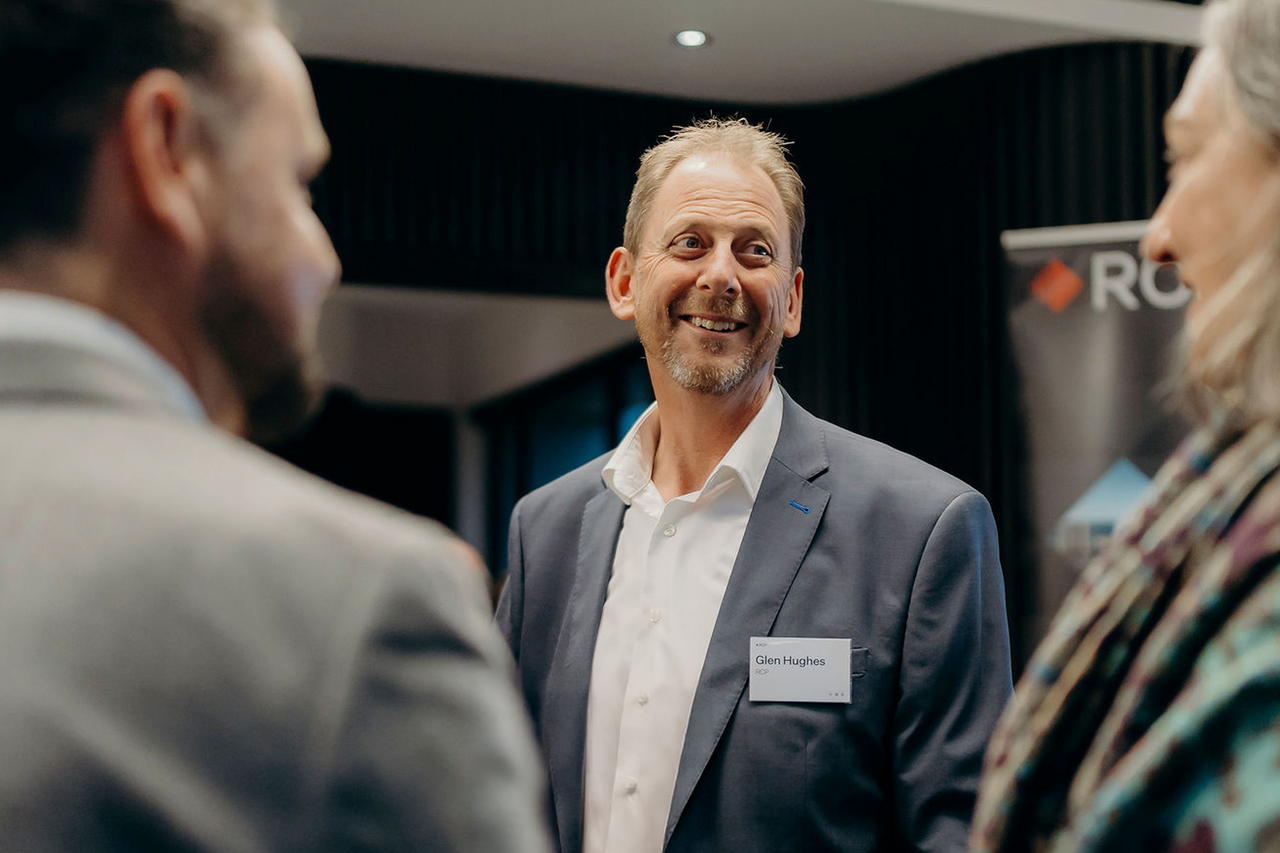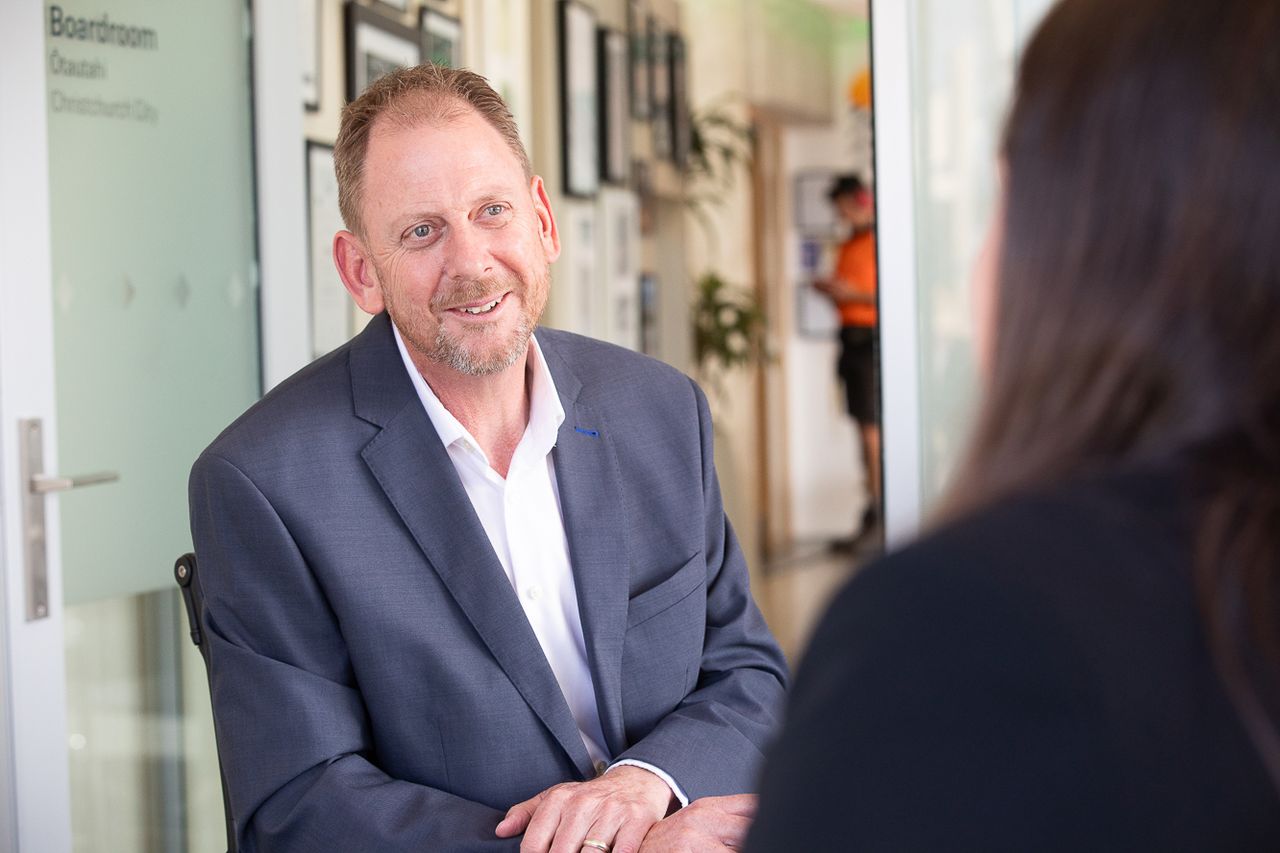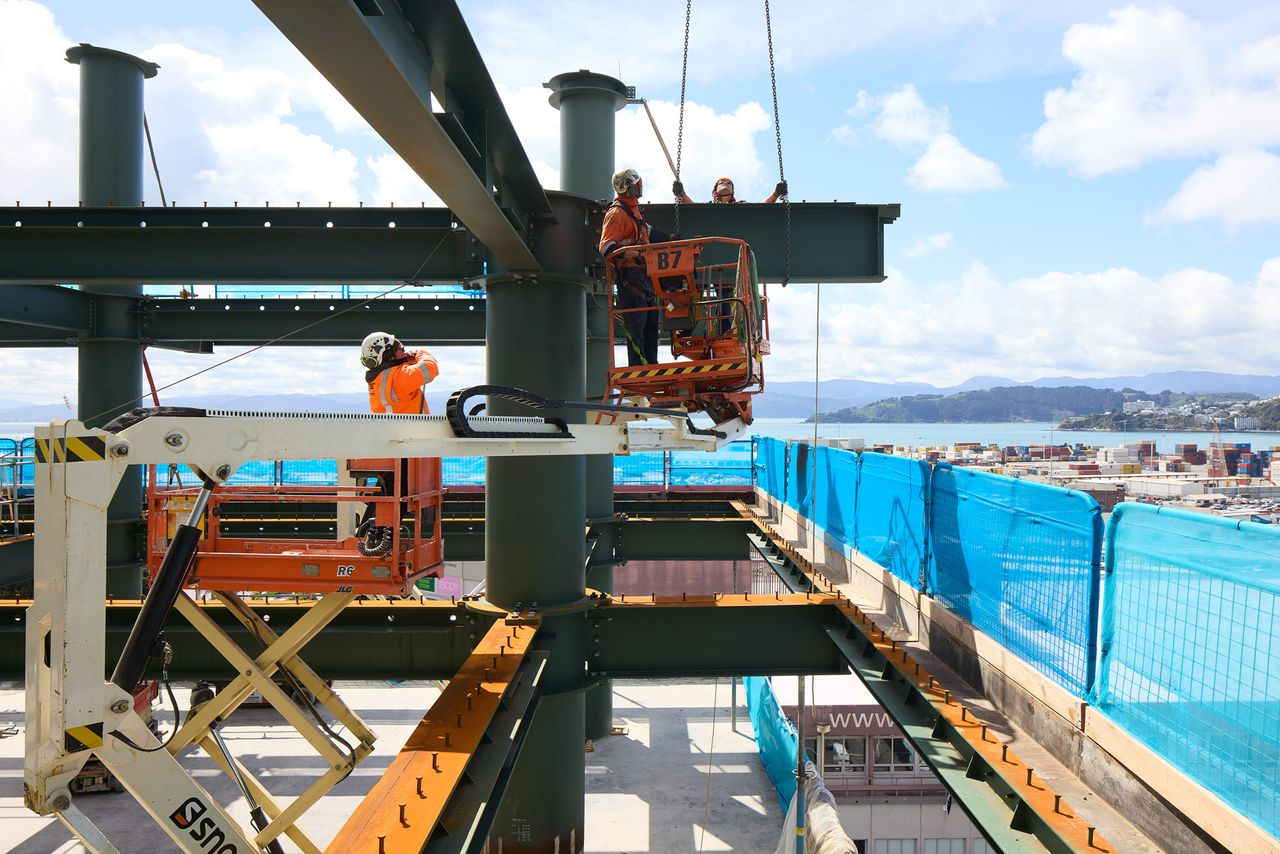News & Insights
Building Community Resilience
Author
Date
- 2025 June

RCP’s South Island Infrastructure Lead, Glen Hughes, on Infrastructure's Human Impact
In the aftermath of the Canterbury earthquakes, amidst the rubble and disruption, Glen Hughes witnessed firsthand how infrastructure—or its absence—shapes communities. As roads crumbled, water systems failed, and power supplies faltered, the true value of these systems became starkly visible. For Glen, it crystallised a philosophy that would guide his career: the value of infrastructure for life, health and wellbeing comes directly into perspective when you don’t have it.
"When infrastructure is damaged, a community struggles to function. The earthquakes brought into perspective how essential these systems are to our everyday lives."
Now, as RCP’s South Island Infrastructure lead, Glen brings this people-centred perspective to every project he touches. As the first in a series, this article introduces Glen and his vision for infrastructure development, a vision that prioritises community wellbeing, strategic foresight, and sustainability.
Infrastructure - Enabling Society
For Glen, good infrastructure isn't only measured by engineering specifications or budgets, but by its impact on people's daily lives.
"Infrastructure enables good society," he explains. "Its value is often under recognised, but when it works well, it offers no constraint to a community’s life or productivity"
With a background in earth sciences, including a master’s degree in volcanic geology from the University of Waikato, Glen developed an early fascination with the physical world. This scientific foundation, combined with planning expertise, gave him unique insights into how infrastructure interacts with both natural and social environments.
His career trajectory, starting in planning and regulation and progressing into business and leadership roles mainly in the South Island, has consistently connected physical systems with human outcomes. Project experiences of working at the intersection of infrastructure reconstruction and community renewal have included earthquake recovery, public and private three waters infrastructure, and urban regeneration.
"Plan Slow, Build Fast"
From experience, a recurring theme in Hughes' approach to infrastructure delivery is the critical importance of thorough pre-construction planning. Too often, he observes, infrastructure projects suffer from rushed planning phases that lead to costly complications during construction or unforeseen consequences after completion.
Drawing on his experience across a range of projects, Hughes advocates for a ‘plan slow, build fast’ approach—investing time and resources upfront to ensure projects are well-conceived, properly scoped, and realistically budgeted.
"Being forewarned is forearmed," he says. "Rather than surprising the client down the track with unwanted time, cost or quality issues, it’s much better to address these critical issues in the project planning stages, well before design and construction begins."
This philosophy extends beyond cost management to include constructability, design efficiency, and long-term operational considerations, with Glen emphasising the value of bringing construction management expertise into projects during their earliest phases. This helps to ensure that designs aren't just theoretically sound but practically buildable and meet the client’s requirements.



